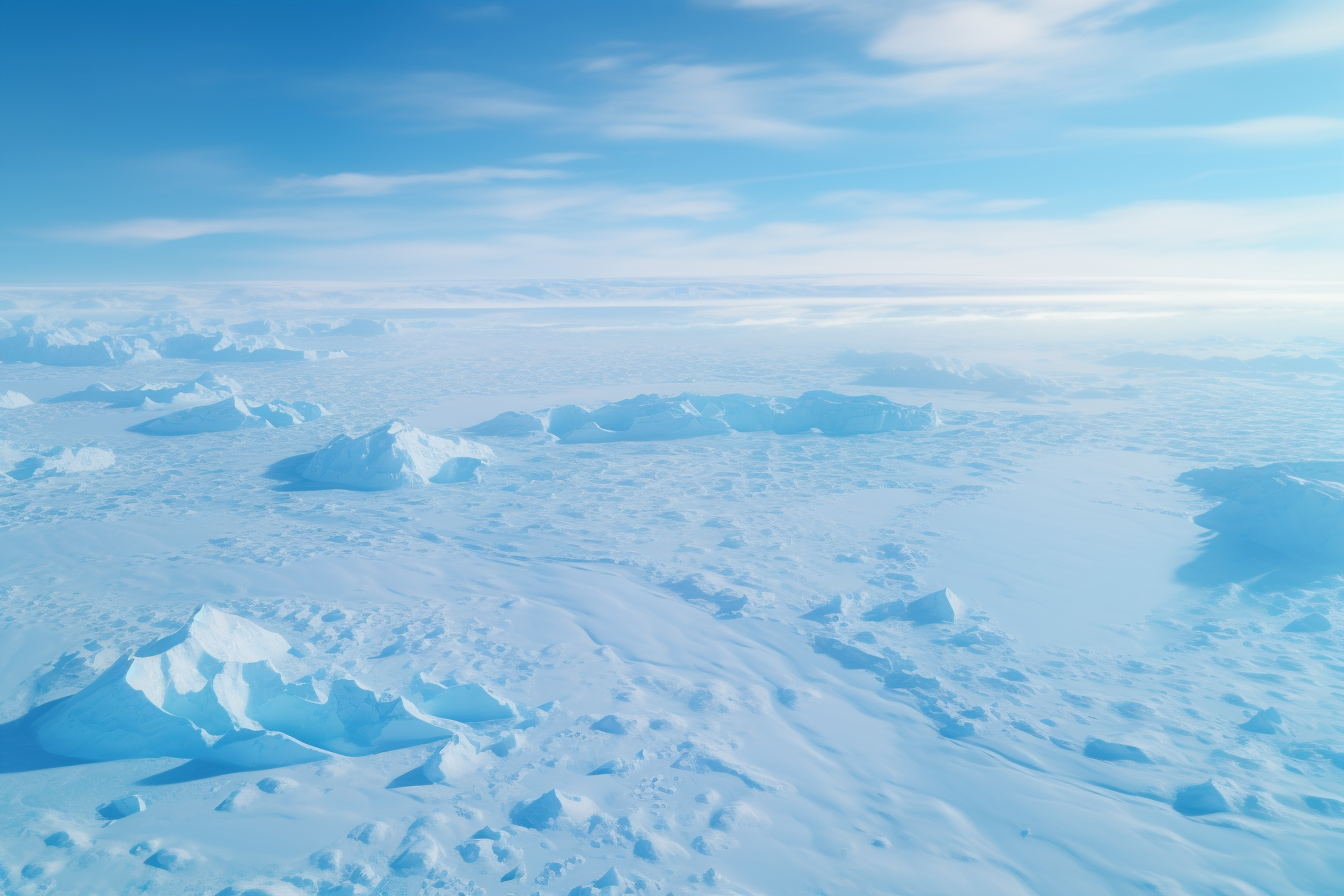"The hyperspectral imaging technique offers a new lens to view and understand the complex interactions within Greenland's ice sheets."
Posted: December 20, 2025

Researchers have developed a new method to map firn core grain size and ice layer stratigraphy in Greenland's ice sheets. This approach, involving a near-infrared hyperspectral imager (NIR-HSI; 900-1700 nm), offers significant improvements in understanding ice sheet dynamics and climate change. The NIR-HSI, used in a cold laboratory setting, scans firn cores with high resolution, allowing scientists to observe changes in firn structure and composition.
The research involved scanning 14 firn cores across a 1000 km transect in western Greenland. This method leverages the relationship between ice grain size and near-infrared absorption, enabling the calculation of effective grain radii. The resulting maps, with a resolution of 0.4 mm, provide detailed information on grain size and ice layer stratigraphy.
The scans have shown their ability to track significant melt events, such as those in 2012, by identifying coherent sections of ice layers or enlarged firn grains. The data obtained closely align with traditional visual measurements, displaying a high correlation in total infiltration ice percentages across all cores (R² = 0.99). Moreover, optical grain sizes observed are on average 1.5 times larger than traditionally-measured grain sizes, attributable to the geometry of firn grains.
This research highlights the effectiveness of hyperspectral imaging in documenting long-term changes in the firn column due to meltwater percolation. The technique provides an efficient, accurate method for producing firn stratigraphy datasets, crucial for hydrological and remote sensing applications.
The findings from this study are essential for understanding the impact of climate change on ice sheets. They offer a new perspective on how meltwater infiltration and refreezing processes affect the ice sheet's capacity to store future meltwater, which is critical for predicting sea-level rise and other climate-related phenomena.
“A Cold Laboratory Hyperspectral Imaging System Mapping Firn Core Grain Size and Ice Layer Stratigraphy” was presented as part of “Snow and Firn Processes on Glaciers and Ice Sheets I” on December 14, 2023 during the American Geophysical Union Annual Fall Meeting
- Ian McDowell, University of Nevada, Reno
- Kaitlin M. Keegan, University of Nevada, Reno
- McKenzie Skiles, University of Utah
- Christopher Donahue, University of Northern British Columbia
- Erich C. Osterberg, Dartmouth College
- Robert L. Hawley, Dartmouth College
- Hans-Peter Marshall, Boise State University

 Dust^2
Dust^2